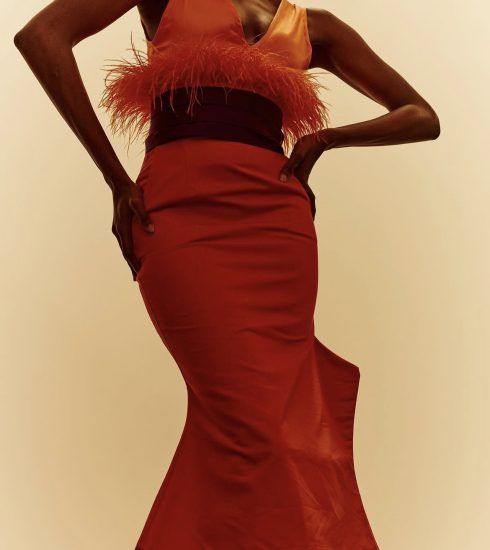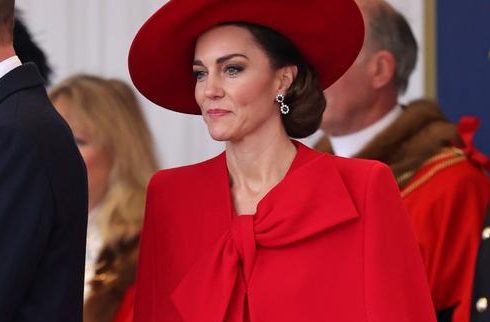Would You Wear Clothes Made From Human Hair? This Dutch Company Is Making It Possible
In a groundbreaking move that challenges conventional fashion norms, Dutch startup Human Material Loop is pioneering the transformation of human hair into a viable textile. This ambitious venture presents a bold reimagining of waste, turning what is typically discarded into a resource for the fashion industry.
Human Material Loop’s journey began with an eye-opening realization: the immense potential of human hair as a fabric, a concept that deeply intrigued co-founder Zsofia Kollar. “It’s fascinating how we cherish our hair, yet once it’s detached from us, it becomes repulsive,” Kollar reflected. This paradox sparked the idea to harness the overlooked value of hair, particularly in the context of the massive waste generated by the hair industry.
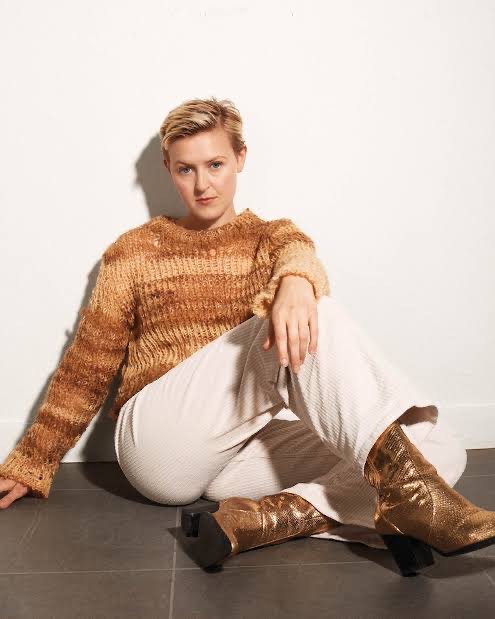
The startling statistics underscore the magnitude of this waste: every minute, salons in the US and Canada alone generate 877 pounds of refuse. When hair decomposes anaerobically in landfills, it exacerbates climate change by emitting harmful greenhouse gases. In Europe, around 72 million kilograms of hair waste end up in landfills annually, an amount comparable to the weight of seven Eiffel Towers. “This is an abundant waste stream with no scalable solution,” Kollar said, noting the absence of environmentally friendly or widely implementable alternatives for hair waste disposal.
Human Material Loop’s approach to hair recycling is both innovative and simple. Short strands of hair are spun together to create yarn, mirroring traditional wool production methods. This yarn can then be dyed using natural pigments, ready to be woven into various garments. Their first prototype, a wool-like sweater, served as a tangible proof of concept, demonstrating the practicality and relatability of hair as a textile.
Since the sweater, the company has experimented with other prototypes, including a thermally insulated outdoor coat tested in the extreme conditions of Argentina’s Aconcagua mountain. Although these products are not yet available for purchase, the startup’s primary goal is to supply this unique material to other designers and brands. Kollar is optimistic that once production scales up, the cost of human hair fabric will be competitive with traditional wool.
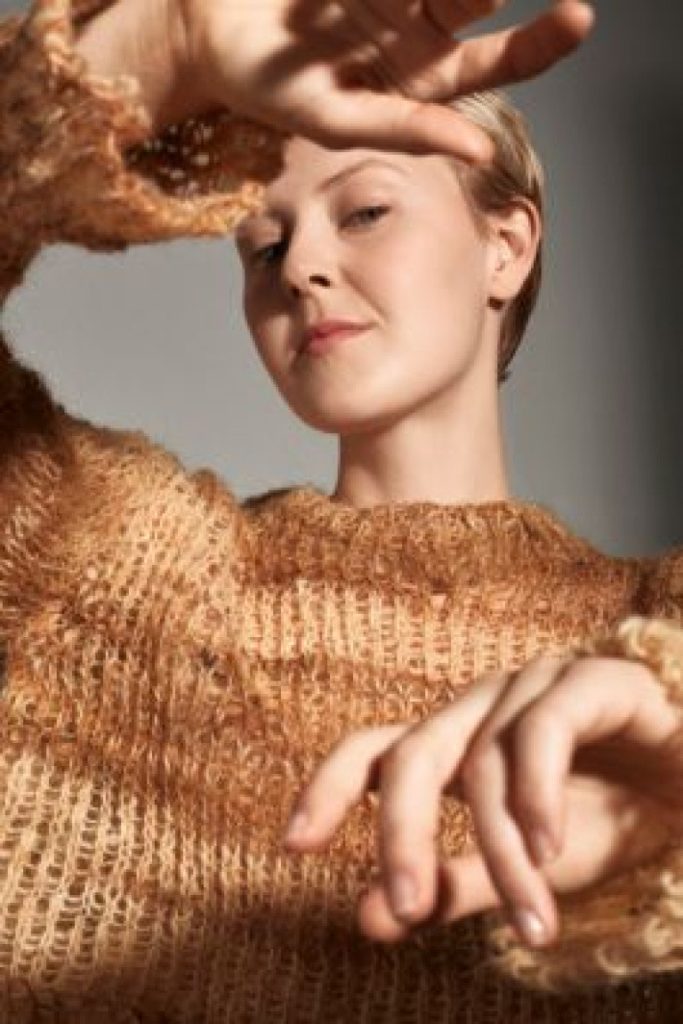
Despite the novel concept, Kollar is aware of the public’s initial hesitation towards wearing human hair. However, she is confident that with time and awareness, people will recognize the durability and sustainability of this unconventional material.
Human Material Loop is meticulous about its sourcing, obtaining hair only from salons in the Netherlands, Belgium, and Luxembourg. They specifically use hair that is cut or broken off, ensuring it doesn’t contain nuclear DNA that could identify individuals. The startup is also developing a documentation chain to trace the origin and destination of its materials.
The concept of using human hair in textiles is not entirely new. Throughout history, different cultures have utilized hair for various purposes. The Kiribati tribe in Micronesia once made woven armor incorporating human hair, and in the 13th century, people in what is now the Southwestern United States crafted hair-based socks. Even the Higashi Hongan-ji Temple in Kyoto utilized ropes made from human hair during its 19th-century reconstruction.
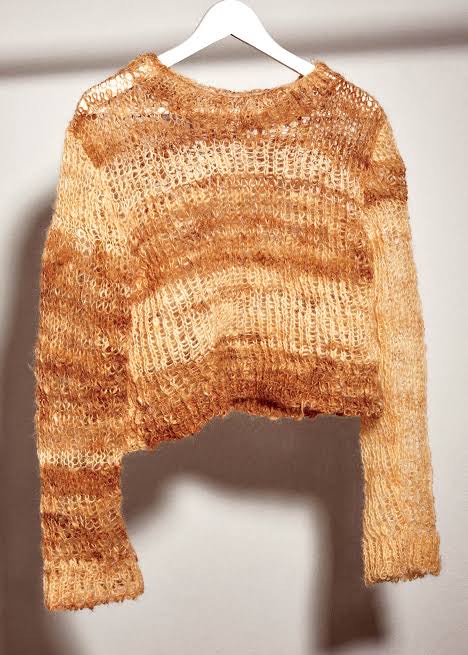
Yet, as Dutch material researcher and designer Sanne Visser points out, there is still a taboo and a lack of value perception around human hair as a material. Visser, who is not involved with Human Material Loop but has explored the potential of hair in her own work, believes that changing public perception is key to integrating hair-based products into our daily lives.
In an era where sustainability is more crucial than ever, Human Material Loop’s vision could pave the way for new, eco-conscious fashion trends. Their pioneering work not only offers an innovative solution to a pressing environmental issue but also redefines the boundaries of material science and design. As the world grapples with the challenges of waste management and sustainable practices, initiatives like Human Material Loop’s are crucial in leading the charge towards a greener, more circular economy in fashion.

Ntianu Obiora is a versatile creative professional with over a decade of experience in publishing, marketing, communications, and digital strategy. She is the Online Editor at THEWILL DOWNTOWN




